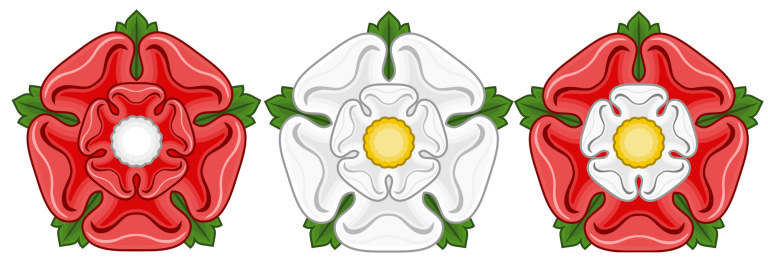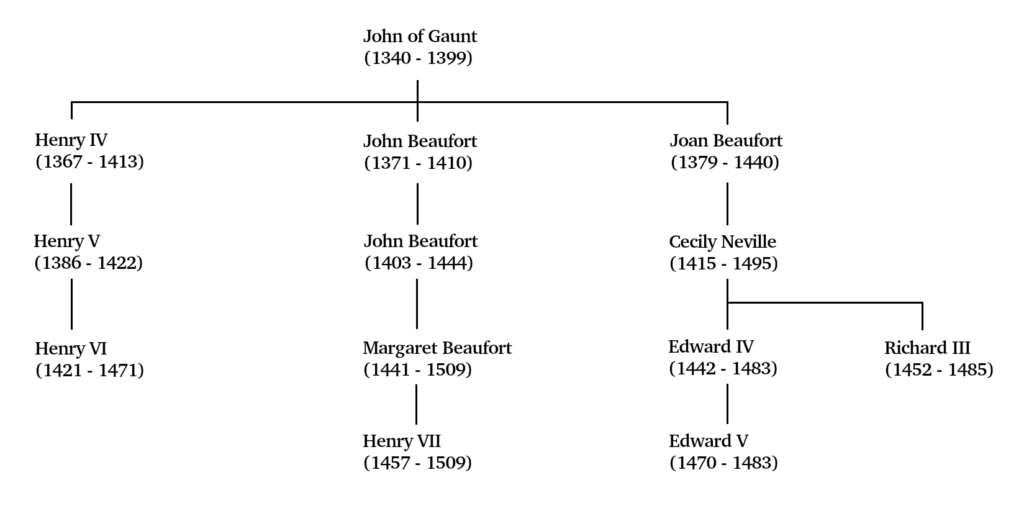Britain's Royal Families
People often seem to overemphasise the differences between the various royal families that have reigned in Britain. Saying that Elizabeth I was the last Tudor monarch and James I/VI was the first of the Stuarts can make people believe that they were completely unrelated, when, actually, James was only Elizabeth's first cousin twice removed. This is even more obvious when we say that Victoria was the last of the Hanoverians and Edward VII was the first of the Saxe-Coburgs. Edward was Victoria's son and the name of the royal house only changed because Edward used his father's name.
There is only one British royal family. The current queen can trace her ancestors back well over a thousand years. With this in mind, in this article we'll trace the history of the royal family back to the Norman Conquest and explain how each monarch is related to their successor.
We'll start with William I. As his epithet implies, he conquered Britain in 1066. He wasn't related to the previous Anglo-Saxon royal family. But I should mention that his son, Henry married a descendant of Alfred the Great, so the family does link to the previous rulers of the island.
House of Normandy
So we start the House of Normandy with William I. He was succeeded by his son, William II who was, in turn, succeeded by his brother Henry I. Henry was briefly succeeded by his daughter Matilda (and that's a fascinating story that we should probably cover in more detail in the future). When Matilda was unable to hold on to power, she was succeeded by her cousin, Stephen. But when Stephen died, the throne went to Matilda's son, Henry II, bringing in the House of Plantagenet.
House of Plantagenet
The succession was very smooth for most the long period of Plantagenet rule. Henry II was followed by his son, Richard I, who was then followed by his brother, John. John was succeeded by his son, Henry III, and then Henry's son Edward I. Edwards I, II and III all followed and all were the son of the previous king. Then there's a minor blip when Edward III was succeeded by his grandson, Richard II. Richard's father was Edward, the Black Prince who died before his father, Edward III.
Richard II was followed by his cousin, Henry IV who was succeeded by his son, Henry V, and his grandson Henry VI. And then things are a little confused for a while as we get to the Wars of the Roses. This diagram might help.
The most important descendants of John of Gaunt
John of Gaunt was a son of Edward III. Following the death of Richard II, in 1399, John's son Henry was next in line and the succession followed that (obvious) route for three generations until Henry VI was on the throne. But in 1455 a civil war broke out and Henry's second cousin, Edward IV seized the throne in 1461. Henry seized it back in 1470, but this reign was short-lived and Edward regained the throne the following year. When Edward IV died in 1483, he was succeeded briefly by his son, Edward V and then by his brother, Richard III. Richard's reign was short and he was defeated in battle by another second cousin who installed himself as Henry VII - the first of the Tudor monarchs.
House of Tudor
Henry VII was the first monarch of the house of Tudor and was succeeded by his son, Henry VIII. Henry VIII was followed by his son, Edward VI, but from then on, the Tudor succession gets a little more complicated. Edward VI wrote a will naming Jane Grey, his first cousin once removed, as his successor but on Edward's death Jane found it impossible to hold on to the throne and she reigned for only nine days. She was succeeded by Edward's half-sister, Mary I, who was, in turn, succeeded by another half-sister, Elizabeth I. At that point, the Tudor succession dries up and we need to look elsewhere in the family tree.
House of Stuart
When a monarch dies without children, we look to their siblings for the next monarch. And once there are no more siblings, we need to search back through previous generations to find the nearest relative. When Elizabeth I died, she was the last legitimate descendant of Henry VIII. We therefore need to look at descendants of Henry VIII's father, Henry VII. Henry VII had a daughter, Margaret, who had married the Scottish king, James IV. They had a son, James V, who had a daughter, Mary, Queen of Scots, who had a son who was on the Scottish throne as James VI. After Elizabeth's death, James was her nearest living relative (her cousin twice removed) and became the English king as James I.
The succession was easy for the Stuarts for a while. James I/VI was followed by his son, Charles I, who was followed by his son Charles II (I'm omitting, of course, the small matter of the Civil War and the temporary removal of the monarchy). Charles II was followed by his brother, James II/VII.
Then things get a bit strange again. James II/VII was deposed in the Glorious Revolution and was replaced by his daughter, Mary II, and her husband, William III. On Mary's death, William reigned alone until he died and was succeeded by Mary's sister Anne.
But none of Anne's children lived very long and it became clear that this branch of the Stuart succession had dried up. Once again the search had to go back a couple of generations. This time, the search was complicated by the fact the Catholics had been banned from the British throne and most of the descendants of James I/VI were Catholics. The first protestant on the list was Electress Sophia of Hanover and (as she died a few weeks before Anne) her son became George I. He was Anne's second cousin.
House of Hanover
We're past all the complexities now. It's plain sailing from here. George I was followed by his son, George II. George II was succeeded by his grandson, George III (as George III's father, Prince Frederick had died). George III was followed by his son, George IV and George IV was succeeded by his brother, William IV. William IV was followed by his niece, Victoria
House of Saxe-Coburg / House of Windsor
And we're into the twentieth century. You can probably all fill in the details from here.
Victoria was followed by her son, Edward VII. He was followed by his son, George V. He was followed by his son, Edward VIII, who was then followed by his brother, George VI. And he was followed by his daughter, Elizabeth II.
And as I write this, it seems likely that Elizabeth II will be succeeded by her son, Prince Charles, her grandson, Prince William, and her great-grandson, Prince George.
Conclusion
So there you have it. Almost a thousand years of British royal history. And they are all related to each other. Our current queen can trace a direct ancestry back to William the Conqueror.
Britain doesn't have a number of different royal families. It has one royal family - which just goes by different names.


